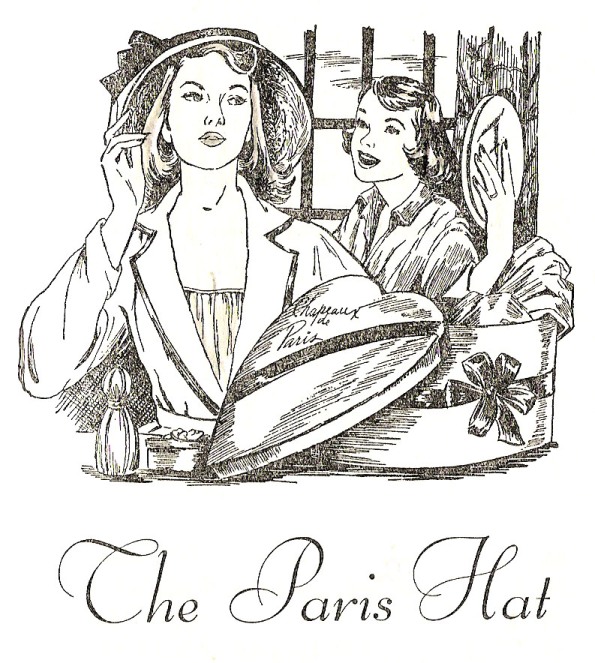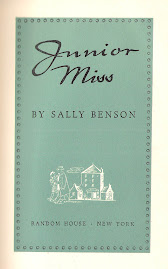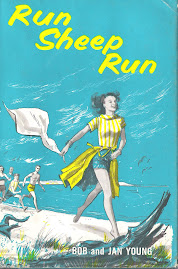 Title: Jenny Kimura
Title: Jenny KimuraPublisher: William Morrow, 1964
Setting: Country-club Kansas City, Cape Cod
Provenance: formerly the property of Hazelton Library, Chillicothe, MO
Fun: strange American customs, beach parties, water-skiing
Quote: "Oh, he is," agreed [Alan's] mother confidently, "I have such high hopes for him!" She turned off the faucet under which she had been rinsing dinner plates and said confidentially, "I just hope he makes a good marriage -- to a girl of his own background and his own class....That's always wisest, don't you think?"
By 1964, most YA authors were aware of the younger generation's interest in the Civil Rights movement, and while the allusions to it in most novels of the era are minimal, the fact that Betty Cavanna chose to tackle racial prejudice in Jenny Kimura must have been something of a landmark, since Cavanna's novels, strong as they are, rarely stray from the mainstream.
Jenny Kimura Smith, the daughter of an American father and a Japanese mother, has grown up in Japan. Cavanna points out that her parents' marriage keeps her from full acceptance in Japan as well, and that her mother's parents have cut off their daughter for marrying an American. But the focus of the book is not Jenny in Japan, but Jenny in America, more specifically, Jenny in the Midwest, with her widowed paternal grandmother, who still mourns the death of a son in World War II. The reader is swept, as if a stranger, into suburban Kansas City, with its large houses, backyard pools, barbeques, informal clothes (Grandmother wears Bermuda shorts!) and easygoing manners (boys and girls date!) Although Jenny makes friends her own age she feels shut out by Mrs. Smith, who has difficulty accepting the Japanese appearance of her granddaughter. When Jenny is invited to a wedding, she decides to wear -- lacking a formal dress -- her best kimono. She is widely, if somewhat patronizingly, complimented by the other guests and the bride, but her grandmother is mortified:
"Gordon should have told you there would be a certain amount of intolerance. He knows perfectly well what a storm he raised." Still Jenny waited, and her grandmother continued, "An interracial marriage is very unusual, Jenny, very unusual in Kansas City. In fact, unheard of among my friends. Our fathers and husbands worked hard to establish not only a business, but social position. It isn't easy to see the next generation tear it to shreds."
Cavanna skims the surface here -- it's not clear if the grandmother's embarrassment is because she thinks Jenny made a display of herself, or because Japanese culture itself, only twenty years after the end of World War II, is still a painful subject. But she allows the hint, like the pictures of Mrs. Smith's dead son, to linger in the background.
Jenny Kimura makes a major shift about half-way through the book, after Jenny is snubbed by the mother of the boy she has been dating. Grandmother takes Jenny off to Cape Cod for the rest of the summer, and Jenny Kimura begins to focus on more on boys and water-skiing. Jenny meets her cousin Dick, as well as George Yamada, an American boy of Japanese descent, and still pines for Alan, who is summering only a few miles away. Jenny Kimura ends without any real resolution of these relationships, but with a definite feeling, on Jenny's part, that prejudice and fear are held by the older generation, not the Dicks, Alans and Georges she knows.
The world was so vast and wonderful, so unexpected and inviting. She wanted to spread her arms and embrace all the people she had grown to love.











I still have this in my middle school library, along with Junior Miss and Seventeenth Summer! An unexpectedly popular book with my girls is Cleary's Fifteen; the girls are always surprised at how long ago it was published! Love your blog!
ReplyDelete